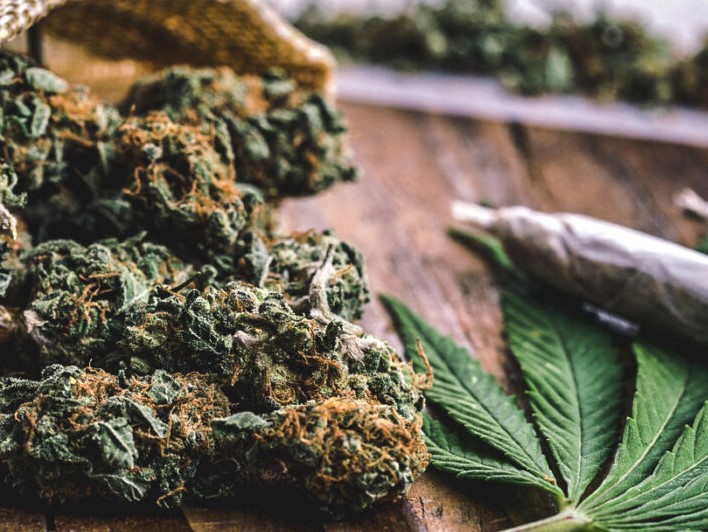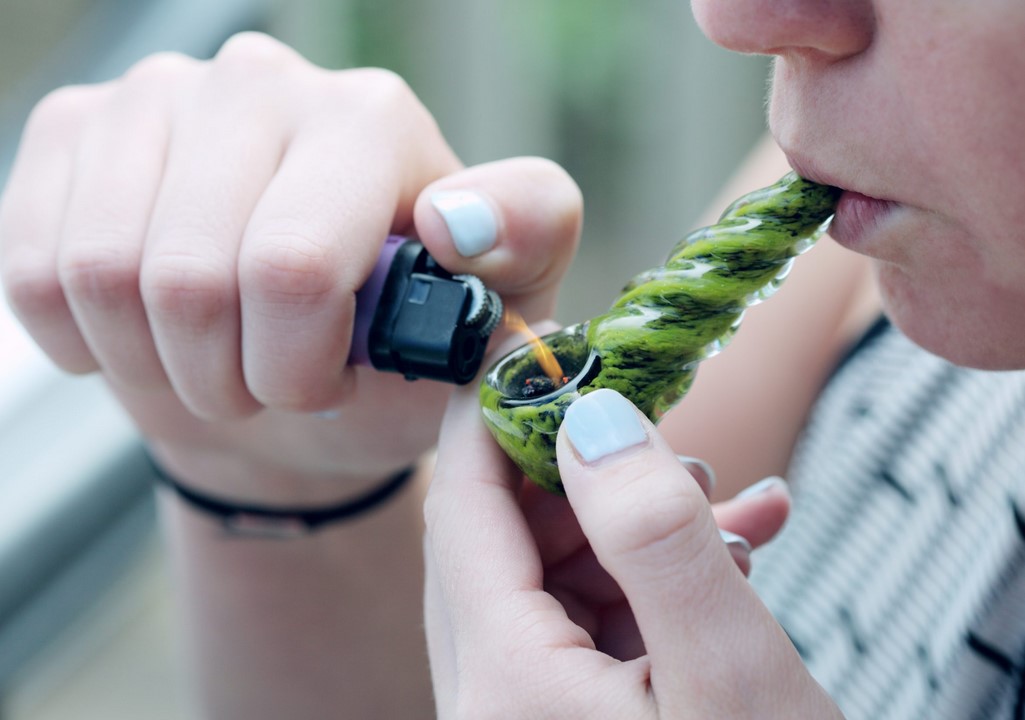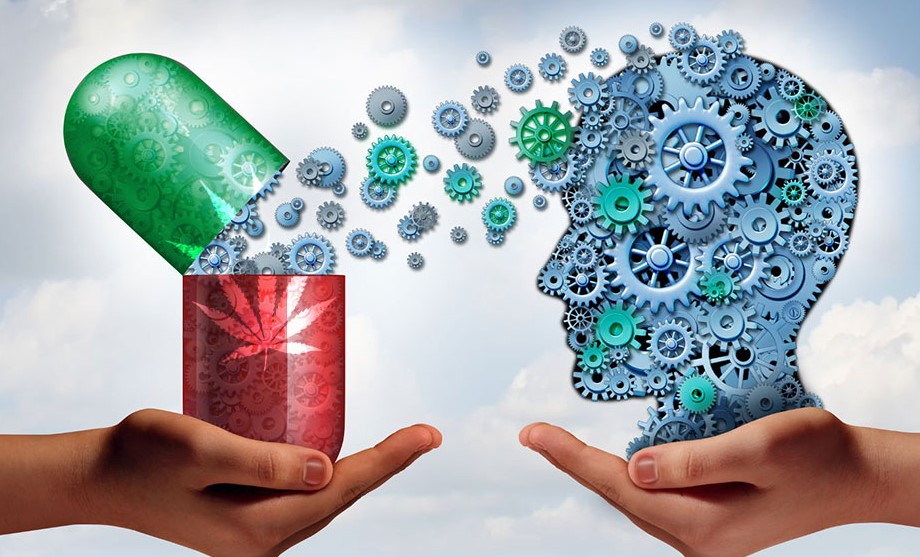Did you know that over 20% of people in the United States experience a depressive episode at least once a month? Furthermore, it is predicted that 350 million people across the world suffer from depression, and this is just one of the many mood disorders. Oder cannabis for mood disorders with Uberweed Toronto.
Mood disorders are very common and can have a significant impact on both the lives of those who suffer from them as well as their loved ones. A number of patients use medical marijuana to address mood disorders. Reports suggest that cannabis could help to lessen a variety of symptoms in this area.
In this essay, we’ll start by covering a lot of what there is to know and understand about mood disorders. Then we’ll tie in the medical marijuana element, specifically which cannabis strains have helped patients with mood disorders live happier lives.
The 5 Best Strains of Cannabis for Treating Mood Disorders
What Are Mood Disorders?
Mood disorders are complicated and multi-dimensional. There are a number of variables to consider, especially in the case of a professional diagnosis.
Mood problems are classified into different categories, and a medical professional must make the diagnosis. The following are some of the most well-known mood disorders:
- Bipolar disorder
- Depressive disorder (severe depression)
- Major depressive disorder that never goes away (a low-grade but long-term form of depression)
- Cyclothymia (mild bipolar disorder)
- Seasonal affective disorder
There are a number of mental health problems, such as anxiety and sadness, that may be caused by bodily factors. However, not all mood disorders are caused by physical circumstances.
Bipolar Disorder
Bipolar disorder is a complex mental illness characterized by bouts of mania and depression. This is merely one example of bipolar, however. Many people have bipolar in an unexpected way, making diagnosis difficult at times.
Bipolar disorder, like depression, affects around 5 percent of the population at some point in their life. It is a lifelong illness that causes manic and depressive episodes. There is no known cure for this condition; nevertheless, it has a lot of treatment options. The three primary characteristics that distinguish bipolar disorder from other mood disorders are significant changes in mania activity, energy levels, and mood.
Depressive Disorder
A decreased interest in activities and a sad or down mood are the defining characteristics of depressive syndrome, which is similar to bipolar. This can have a significant impact on one’s daily life. Like with bipolar, there is no known therapy for depressive illness.
Seasonal Affective Disorder
Seasonal affective disorder (SAD) is cyclical and does not continue all year or have unusual stopping and starting points.
Seasonal affective disorder, or SAD, is a form of depression that affects people on the same day each year. It’s usually treated with the help of a specialist, however it doesn’t compare to bipolar or depressive disorders in terms of severity.

Mood Disorder Causes and Symptoms:
The causes of mood disorders are not truly fully understood, but they are thought to be existent due to a combination of three factors:
- Genetic predisposition
- Environmental factors or life events
- Brain chemistry
Those who have family members with a mood disorder diagnosis are at greater risk of developing a mood disorder themselves. Other times, environmental factors or traumatic life events can trigger an episode that can persist for long periods of time and repeatedly arise throughout life. Chemicals in the brain also influence mood disorders, either by not being present in proper amounts or by not interacting properly.
For many people who suffer from mood disorders, their problems are a combination of all three of these elements. It’s critical for researchers to do more research on mood disorders in order to learn more and apply it to the benefit of everyone who suffers from these frequently debilitating illnesses.
In general, the symptoms of mood disorders can vary significantly from person to person. However, here are some of the most common symptoms:
- The sensation of being powerless or destitute in terms of one’s life.
- Un-ending sadness, emptiness, loneliness, or worry.
- Feeling excessively guilty, inadequate, or worthless.
- Self-esteem that is low over time.
- Hostility, irritability, or aggressiveness towards others.
- Recurrent thoughts of suicide or a suicide attempt, as well as the presence of any of the following symptoms (these are extremely serious, and. anybody experiencing them should seek immediate professional help)
- A loss of interest in activities or events that were once pleasurable, such as a reduced or nonexistent sex drive.
- Sleeping in unusual situations; sleeping too much or too little.
- Fatigue and a loss of appetite (including weight loss) are common.
- Severe stress, hunger, or discomfort might lead to binge eating or a dramatic increase in weight.
- Criticism or rejection may make you sensitive.
Conventional Medical Treatments (Other than Marijuana):
As of now, most mood disorders lack an absolute and definitive cure. Some common medical therapies, on the other hand, have shown to be effective and even allowed some people to resume living a normal life.
Antidepressants are used to treat depressive disorders. The following drugs are some of the most popular ones:
- SSRIs (e.g., Zoloft, Celexa, Prozac, Lexapro)
- SNRIs, (e.g., Cymbalta, Fetzima)
- MAOIs, (e.g., Parnate, Marplan, Nardil)
There are many more options for the treatment of depression than there were in the past. There are just too many to list them all here.
Doctors sometimes prescribe medicines other than antidepressants for bipolar disease. A combination of medications, such as an antidepressant, may be used to treat some patients. The following are examples of other frequently given bipolar drugs:
- Mood stabilizers (e.g., Lithobid, Depakote, Lamictal)
- Antipsychotics (e.g., Zyprexa, Seroquel, Geodon, Latuda)
- Benzodiazepines (anti-anxiety medication)
Many healthcare providers prescribe a combination of these medicines to those with severe bipolar disorder. Professionals and medical experts think that the right cocktail of medicine and conventional talk therapy might be particularly successful in treating mood disorders.
Medical Marijuana and Mood Disorders:
The tendency among cannabis and medical issues is for marijuana to assist with some of the symptoms associated with the illness. Cannabis, on the other hand, frequently takes a step further when it comes to its capacity to have a long-term impact in people suffering from mood disorders.
Cannabis smoking seem to be particularly helpful in treating depression, and the depressive aspect of bipolar in particular.
Cannabis can help with the symptoms of mood disorders, such as tiredness, insomnia, loss of appetite, aggressiveness, and so on (though it can also help reduce the impact of some symptoms). It also works to relieve depression.
Many individuals are turning to cannabis as an alternative to traditional medicines and therapies, thus many patients are choosing it. Medical cannabis combined with regular talk therapy is a powerful combination for some people with depression.
5 Best Marijuana Strains for Mood Disorders
Here are 5 marijuana strains that can aid with both depression and the symptoms of mood disorders…
Lamb’s Bread (sativa)
Lamb’s Bread is a potent and strong sativa with sticky, green nuggets that is ideal for treating depression, stress, or a combination of the two.
It’s a particularly rejuvenating marijuana strain that serves as an energizer, combating tiredness while also generating good vibes and introspection. This can assist to balance some of the sadness for people who are depressed.

Headband (hybrid)
The Headband is a potent hybrid strain that combines OG Kush and Sour Diesel, both of which are well-known for their high THC content. Just a small amount goes a long way with this cannabis combination because it is powerful in THC.
This uplifting marijuana strain offers fast symptom alleviation to individuals suffering from depressive disorders. Headband knows how to deliver a strong punch with a THC level of around 20-27 percent.
Northern Lights (indica)
The Northern Lights is one of the most well-known indicas in the cannabis community, yet it has a long history of assisting mood disorders. NL is a strong sedative that can numb the mind and body, bringing about complete relaxation and eventually sleepiness. Individuals with bipolar disorder who are experiencing manic phases and need to relax would benefit from this characteristic.
This indica is ideal for providing its users with the rest they need to function well throughout the day. It also works well for individuals who have difficulty sleeping and are experiencing poor appetite.
Green Crack (sativa)
Green Crack is not suitable for everyone, but it may be beneficial to those who have severe depressive symptoms and struggle to get out of bed during the day.
Ultra energizing, as the name implies, this sativa causes tiredness and oversleeping to vanish. It might encourage those who are sad or hopeless to take that first, and sometimes difficult, step toward a better day.
Cannatonic (hybrid)
Cannatonic is a strain that has a unique 1:1 CBD to THC ratio (it can also be as high as 2:1). Cannatonic may assist with the distressing and debilitating symptoms of several medical illnesses, including depression.
It’s also been shown to help with ailments ranging from headaches and back pain to arthritis, fibromyalgia, and insomnia. It can also reduce muscular stiffness and tension while relaxing muscles and body tension. If you’re tense, all of this makes it simpler to unwind and even fall asleep.
Final Thoughts About Marijuana and Mood Disorders:
Even though some studies suggest that cannabis may help with the symptoms of mood disorders, nothing contained in this article should be regarded as medical guidance. Before making any decisions regarding unique therapy, you should always consult with a qualified professional.
There is no way to know if the product you’re considering buying has been properly grown, processed, or packaged. However, we offer you the best cannabis strains from both domestic and international sources. It’s up to only you and your doctor to determine what’s best for you. Marijuana is a highly dynamic substance that requires careful treatment.
